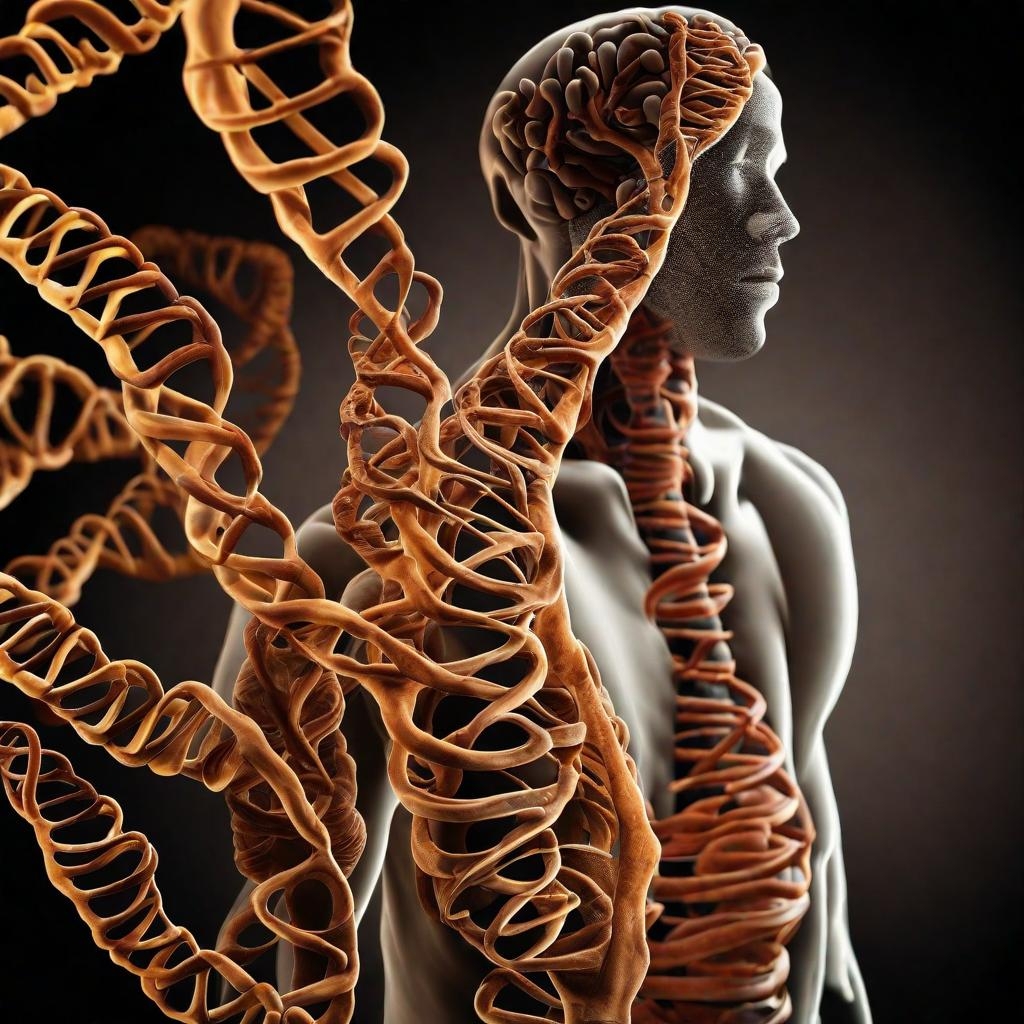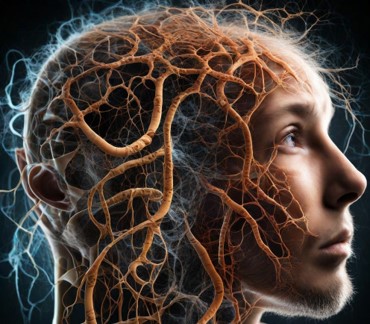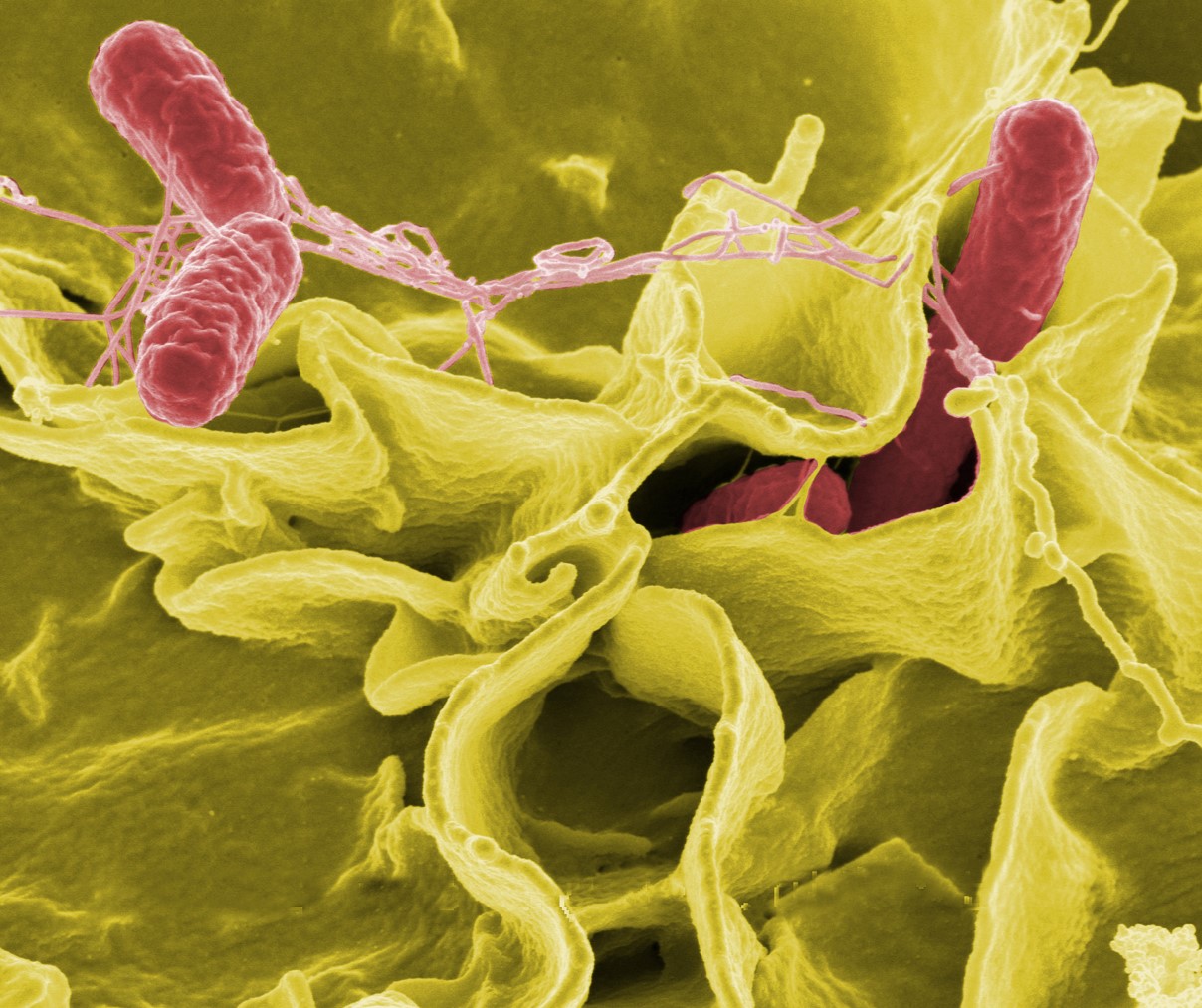My Research
Population, Medical, and Evolutionary genomics
Elhaik's group endeavors to advance knowledge, methodologies, and tools crucial for addressing key challenges in medicine.
These challenges include encompass cancer and mental disorders.
Operating at the intersection of modal and non-modal organisms, ancient genetics, epidemiology, evolutionary biology, and microbiomics,
we employ state-of-the-art computational methods to unravel these complex questions.

|
Complex Disorders
We seek to identify the genetic and environmental factors involved in Sudden Infant Death Syndrome (SIDS), Autism, ALS, and Multiple Myeloma.
We analyze environmental and genomic (DNA and RNA-seq) data.
We carry out genomic and epidemiologic studies, either independently or in collaboration with leading labs in the US, Singapore, and the UK.
We ask questions such as:
- What genetic and environmental factors are involved in Sudden Infant Death Syndrome (SIDS) and Autism?
- What is the genomic mechanism involved in Multiple Myeloma?
- How to define genomic ancestry to reduce population stratification?
Selected publications
1. Movert E, et al. 2023. Interplay between human STING genotype and bacterial NADase activity regulates inter-individual disease variability. Nat. Commun. 14:4008.
2. Eachus H, et al. 2023. Glucocorticoid receptor regulates protein chaperone, circadian clock and affective disorder genes in the zebrafish brain. Disease Models & Mechanisms. 16.
3. Zhang S, et al. 2022. Genome-wide identification of the genetic basis of amyotrophic lateral sclerosis. Neuron.
4. Aguiar-Pulido V, et al. 2021. Systems biology analysis of human genomes points to key pathways conferring spina bifida risk. Proc. Natl. Acad. Sci. U.S.A. 118:e2106844118.
|

|
Population Genetics
We develop microarrays, models, and novel tools and apply them to understand population history.
We analyze DNA data from modern-day populations, using a diverse range of tools, including our own AI-based tools, to reconstruct their history
We ask questions such as:
- What genomic markers are informative to study time and space?
- In which village this population lived 1000 years ago?
- How to define genomic ancestry to reduce population stratification?
Selected publications
1. Elhaik E. 2022. Principal Component Analyses (PCA)-based findings in population genetic studies are highly biased and must be reevaluated. Sci. Rep. 12:14683.
2. Elhaik E, Ryan DM. 2019. Pair Matcher (PaM): fast model-based optimisation of treatment/case-control matches. Bioinformatics. 35:2243-2250.
3. Das R, et al. 2017. The Origins of Ashkenaz, Ashkenazic Jews, and Yiddish. Front. Genet. 8.
|

|
Paleogenetics
We develop advanced models and AI-based tools and apply them to ancient DNA data to reconstruct history.
We analyze ancient DNA data from humans and non-humans to understand how they migrated and interacted with one another.
We ask questions such as:
- Where did Vikings from from? Why did they leave Europe?
- How many source populations do farm animals had?
- Are bioinformatic tools useful in reocnstructing ancient history?
Selected publications
1. Behnamian S, et al. 2022. Temporal population structure, a genetic dating method for ancient Eurasian genomes from the past 10,000 years. Cell Reports Methods. 2.
2. Esposito U, et al. 2018. Ancient Ancestry Informative Markers for Identifying Fine-Scale Ancient Population Structure in Eurasians. Gene. 9:625.
3. Freeman L, et al. 2020. aYChr-DB: a database of ancient human Y haplogroups. NAR genom. bioinform. 2.
|

|
Microbiome and Forensics
We develop forensic tools to study how to trace microbiome and AMR genes.
We analyze microbiome and human metadata to understand where did they come from.
We are a part of the Natural Traces Project.
We ask questions such as:
- Can we swab someone and tell from which train station they got off?
- Can we trace the spread of AMR genes?
- Which microbiomes are the imgrants and which ones are local?
Selected publications
1. Zhang Y, et al. 2023. The microbial biodiversity at the archeological site of Tel Megiddo (Israel). Front. microbiol. 14:1253371.
2. Danko D, et al. 2021. A global metagenomic map of urban microbiomes and antimicrobial resistance. Cell. 184:3376-3393.e3317.
3. Robinson JM, et al. 2021. Forensic Applications of Microbiomics: A Review. Front. microbiol. 11.
|

|
Molecular Evolution
We develop and evaluate methods for studying selection and evolution.
We analyze genomic data from humans and non-humans and use simulations to understand the evolutionary processes that have affected our genes.
We consider ourselves genomic archeologists who seek to dig and date genes using evolutionary approaches.
We ask questions such as:
- Is the rate of gene evolution a factor of their age?
- Which genomic regions harbor genes?
- What part of the genome can be considered junk DNA?
Selected publications
1. Elhaik E, Graur D. 2021. On the Unfounded Enthusiasm for Soft Selective Sweeps III: The Supervised Machine Learning Algorithm That Isn’t. Genes. 12:527.
2. Elhaik E, Graur D. 2014. A Comparative Study and a Phylogenetic Exploration of the Compositional Architectures of Mammalian Nuclear Genomes. PLoS Comput. Biol. 10:e1003925.
3. Graur D, et al. 2013. On the immortality of television sets: "function" in the Human genome according to the evolution-free gospel of ENCODE. Genome Biol. Evol. 5:578-590.
|




